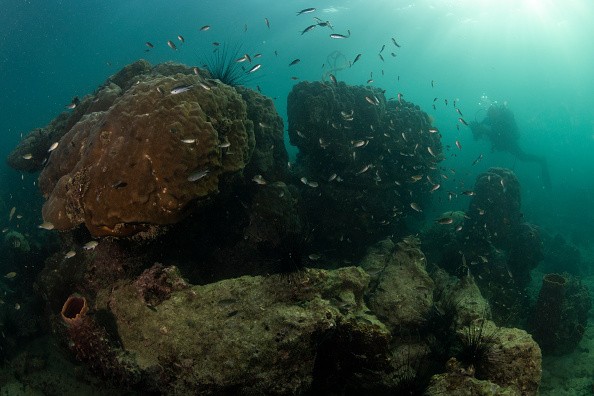Researchers at the University of Queensland and global marine experts review the marine biology literature and formulate a framework by classifying a wide range of threats affecting more than 45,000 species, from climate change to pollution to fisheries.
The study posted within the Ecological Society of America (ESA) magazine and launched to the general public on Wednesday, Feb. 16, hooked up a framework that pinpointed where and how conservation efforts have to be focused.
Vulnerable species due to climate change

Dr. Nathalie Butt of the University of Queensland School of Earth and Environmental Sciences said that the study revealed the most endangered species from all threats.
Dr. Butt said on Phys.org, "Mollusks, corals, and echinoderms (hard or thorny creatures like sea urchins) are affecting our oceans and face a variety of threats, they are affected by fishing, bycatch, pollution, and climate change."
Flowerpot coral, the highly fragile but stunning coral shape found in the Pacific, Indian and Persian waters is ocean acidified.
It is a species group that is particularly affected by climate change-related stress factors, such as ocean acidification.
They also found that starfish, sea snails, and flying fish are becoming more and more vulnerable to climate change-related stressors found in oceans around the world.
Rough fishes are extremely vulnerable to the effects of pollution, such as organic, inorganic, and nutrient pollution.
It is very surprising as it lives in different depths, including the deep sea, and shows how widespread the effects of pollution are.
On the other hand, larger animals were more sensitive to direct impacts, such as habitat destruction and fishing practices.
As per Xinhua, dolphins, turtles, sharks, and seabirds had a sensitivity level of 0.5 to 0.6 for fishing activity.
Overall, inorganic contamination and water temperature affected the largest number of species, affecting 31% and 27% of the total 45,000 species, respectively.
With this information, researcher and associate professor Carissa Klein was more informed about how users can allocate and prioritize resources to protect the world's most endangered species.
"Conservation activists can use the framework to prioritize resources for conservation and determine the best management actions and locations to protect a particular species or group of species," Dr. Butt said as per Phys.org.
How to preserve these vulnerable species?
The Endangered Species act has been passed in the senate in 1973 promoting conservation of vulnerable species.
But the way protecting them is changing.
Historically, much of the conservation in North America has been built on the model that the best way to manage wildlife is to keep everything in its place.
According to DeseretNews, we need to conduct more experiments and collect more ecological data for future conservationists. Also, it can help other scientists to make a framework on how to conserve vulnerable species.
Jonathan Coop, a forest ecologist at Western Colorado University said that bringing communities together with much information has the best chances of success.
Also, conservation science is all about involving people to answer questions that help us to have good lives and good inhabitants on earth.
© 2025 NatureWorldNews.com All rights reserved. Do not reproduce without permission.





